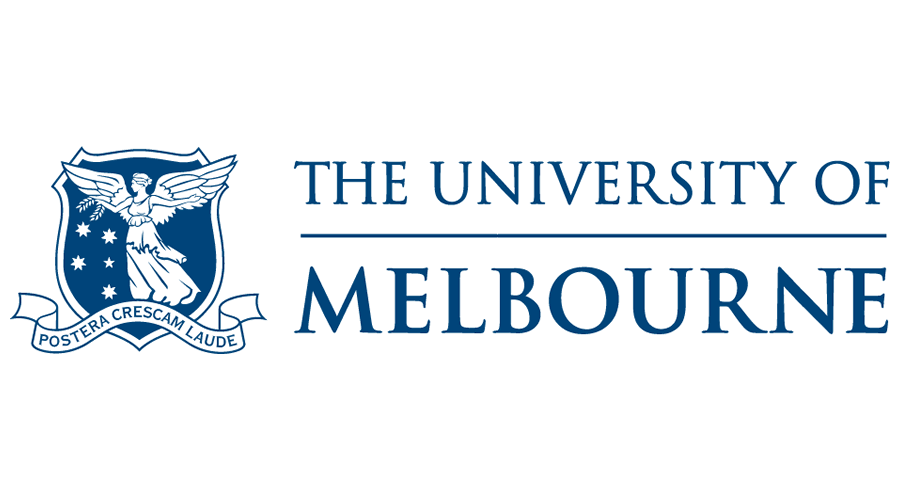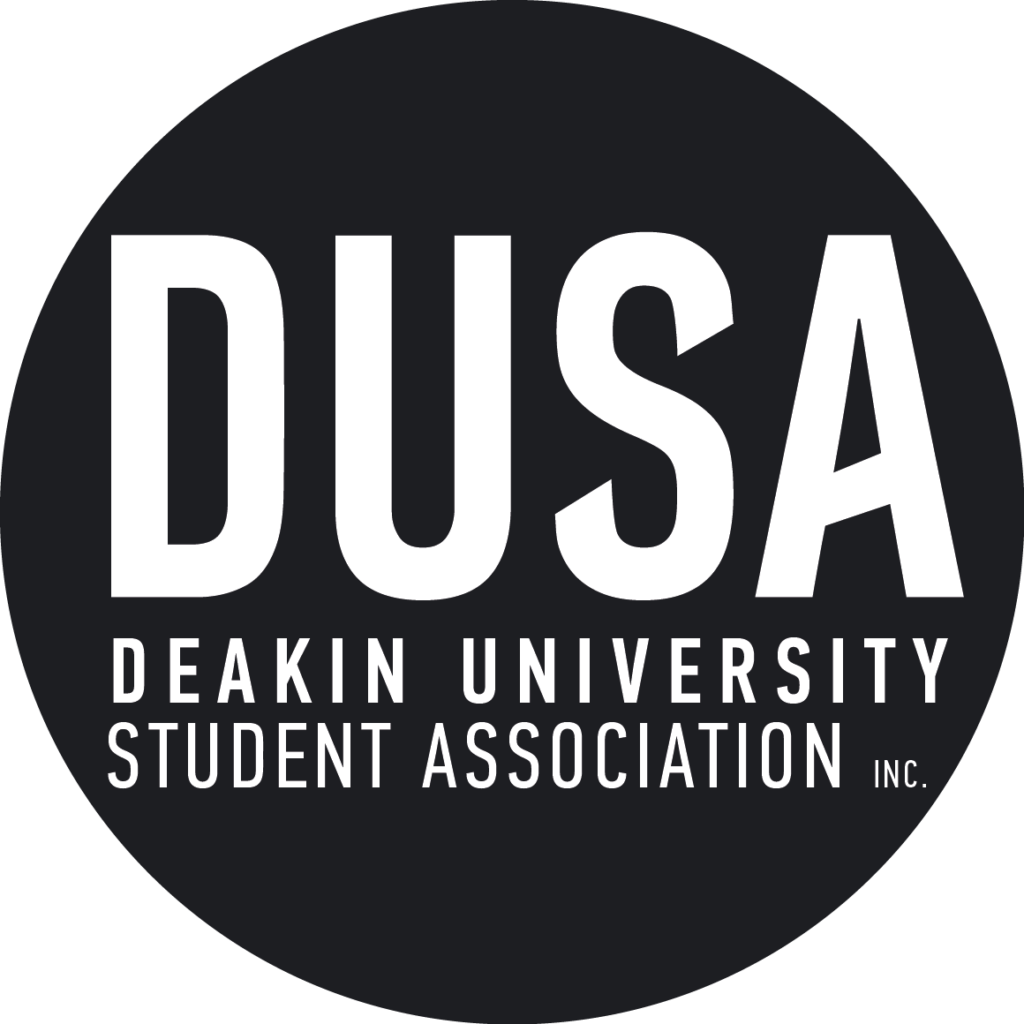Student Offer (Limited Time)
$79.95 AUD
✅ Lifetime Access
✅ All Future Updates
✅ First Access to Community
Get in now and be part of the NeuroStudyLabs 1% — the students who decided to stop winging it and start winning with strategy.
If you’ve ever highlighted every sentence in a textbook and still struggled to remember it later, you’re not alone. Most students default to passive review techniques such as rereading, summarising, and highlighting because they feel productive. But what does the science say?
In contrast, active recall has been shown time and time again to significantly improve retention, understanding, and exam performance.
This article breaks down the key differences between active recall and passive review, explains why one works and the other doesn’t, and shows you how to switch up your study strategy using neuroscience backed methods.
Passive review refers to any study method where information is taken in without requiring the brain to generate or retrieve it.
Common examples:
• Rereading notes or textbooks
• Highlighting or underlining passages
• Rewriting lecture slides verbatim
• Watching lectures repeatedly without pausing or engaging
Why it feels productive:
Passive review creates familiarity which tricks your brain into thinking you understand the material. But familiarity does not equal mastery.

Active recall is the process of actively retrieving information from your brain without looking at the source, forcing your memory to work.
Common examples:
• Testing yourself with flashcards
• Writing down everything you remember about a topic, then checking gaps
• Doing past exam questions
• Having someone quiz you
• Blurting or brain dumping what you know onto paper from memory
Why it works:
Neuroscience shows that memory retrieval strengthens the memory itself. Each time you pull information from your brain, you reinforce the neural pathway that stores it.

A landmark 2011 study by Karpicke and Blunt compared students using active recall (retrieval practice) to those using concept mapping and rereading.

• Retrieval practice improves long term retention
• It works best when combined with spaced repetition
• Students consistently underestimate its benefits


1. Switch from notes to questions
Turn your lecture notes into quiz style prompts. For every key concept, write a question you can answer later.
2. Practice the “blurt” method
After a study session, close your notes and write everything you remember. Then check and review what you missed.
3. Use flashcards (but properly)
Use spaced repetition tools like Anki that retest you at increasing intervals. Don’t just flip the card, try to say or write the answer first.
4. Study to teach
Try explaining the concept aloud as if you’re teaching a friend. Teaching forces you to organise your thoughts and expose gaps.
At NeuroStudy Labs, our neuroscience based study course teaches students how to learn more effectively with active recall, spaced repetition, memory techniques, and more. It’s helped over 500 students transform their grades and study habits.





✅ Lifetime Access
✅ All Future Updates
✅ First Access to Community
Get in now and be part of the NeuroStudyLabs 1% — the students who decided to stop winging it and start winning with strategy.
NeuroStudyLabs is a neuroscience-backed study skills program designed for high school and university students. It teaches you how to learn smarter, stay focused, retain more, and perform better — using proven techniques from cognitive science and psychology.
Students who want to study smarter, not harder — especially:
Year 10–12 students preparing for exams
University students juggling heavy workloads
Burnt-out students who’ve tried everything
High achievers looking to stay ahead
Whether you’re struggling to stay focused or aiming for top scores, this course gives you the tools to get there.
No — this isn’t about generic advice.
NeuroStudy Labs is a complete system based on how your brain actually works. You’ll learn how to apply techniques like:
Active recall
Spaced repetition
Deep work focus
Learning identity & mindset building
And you’ll get planning tools, templates, and weekly systems to make it stick.
You get lifetime access to:
7 detailed, video-based modules
50+ lessons with engaging transcripts & visuals
NeuroStudy Planner
Reflection prompts, mini-exercises, and toolkits
An entire brain-based study system you can follow forever
The full course is designed to be completed slowsly over 2-4 weeks, but it’s self-paced — you can move faster or slower depending on your schedule. Many students start seeing results within the first week of applying the system.
It’s grounded in neuroscience, not guesswork.
This is not about cramming more in — it’s about changing how you study, how you think, and how you feel about learning. It’s transformation, not just information.
Yes. If you complete the course and don’t see any improvement in your focus, motivation, or results, we’ll give you a full refund within 30 days — no stress, no pressure.
Perfect — NeuroStudy Labs helps high achievers unlock even more potential. You’ll learn how to study more efficiently, reduce stress, and gain a competitive edge that lasts through university and beyond.
